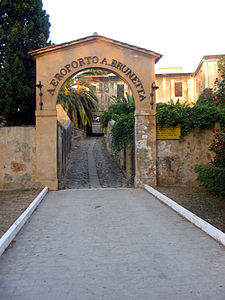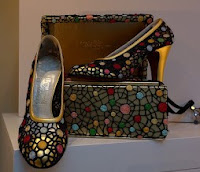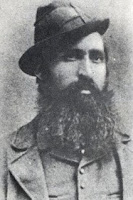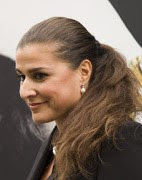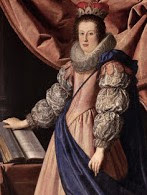Talented designer behind the Teatro Regio in Turin
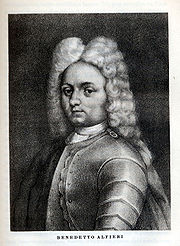 |
| Turin's Royal Theatre was hailed as Alfieri's masterpiece |
Baroque architect Benedetto Innocenzo Alfieri was born on this day in 1699 in Rome.
He was a member of the Alfieri family who originated in Piedmont and he became the uncle of the dramatist, Vittorio Alfieri. Benedetto was also the godson of Pope Innocent XII.
Alfieri was sent to be educated in mathematics and design by the Jesuits. He later moved to Piedmont and lived in both Turin and Asti, where he practised as a lawyer and an architect.
Charles Emmanuel III, King of Sardinia, one of his patrons, commissioned him to design the Royal Theatre in Turin, originally assigned to Filippo Juvara, but who died before work began. The building was acknowledged as his masterpiece, but it burned down in 1936 and the theatre did not reopen until 1973.
Benedetto also helped with the decoration of the interior of the Basilica of Corpus Domini in Turin and the interior of Palazzo Chiablese next to the Royal Palace in Turin. In recognition, Charles Emmanuel III made him Count of Sostegno.
Alfieri also completed the bell tower of the Church of Sant’Anna in Asti and the façade of Vercelli Cathedral. He designed the bell tower of the Basilica of San Gaudenzio in Novara and completed the neoclassical façade of Saint Pierre Cathedral in Geneva.
During his career he collaborated with artists such as Luigi Acquisti, Giovanni Battista Borra and Emilio Usiglio, among many others.
Alfieri died in Turin in 1767.
 |
| An 18th century painting of the original interior of the Teatro Regio in Turin |
The Teatro Regio - Royal Theatre - originally designed by Benedetto Alfieri, is an opera house in Turin that presents several operas between October and June each season. The theatre originally seated 1500 people, with 139 boxes on five tiers and a gallery. The theatre closed during the First World War and reopened in 1919. In 1936, fire destroyed all but the façade of the theatre. It was to remain closed until 1973. The theatre was inaugurated on December 26, 1740 but was closed on royal order in 1792 and it became a warehouse, reopened only after the French occupation of Turin during the Napoleonic War, the theatre was renamed the Teatro Nazionale. Napoleon's fall in 1814 saw the theatre returned to its original name.
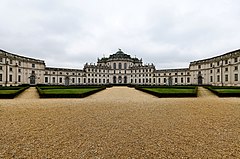 |
| The facade of the Palazinna di Caccia di Stupinigi, the Savoy hunting lodge |
Benedetto Alfieri was responsible for the decoration of the Palazinna di Caccia di Stupinigi, a hunting lodge that was one of the residences of the House of Savoy. Located in a suburb of the town of Nichelino, 10km (6 miles) south west of Turin, the building is now on the UNESCO World Heritage Sites list. Stupinigi was the preferred building to be used for celebrations and dynastic weddings by members of the House of Savoy. In 1773 at the lodge, Maria Teresa, Princess of Savoy, married Charles Philippe, Count of Artois, brother of Louis XVI and the future Charles X of France. Today the building houses the Museo di Arte e Ammobiliamento, a museum of the arts and furnishings, some original to the palazzina, others brought from the former Savoia residences of Moncalieri and Venaria Reale.
Also on this day:
1671: The birth of composer Tomaso Albinoni
1823: The birth of Giuseppe Fiorelli, the archaeologist who saved Pompeii
1852: The birth of Guido Banti, the first physicist to define leukaemia
Home











